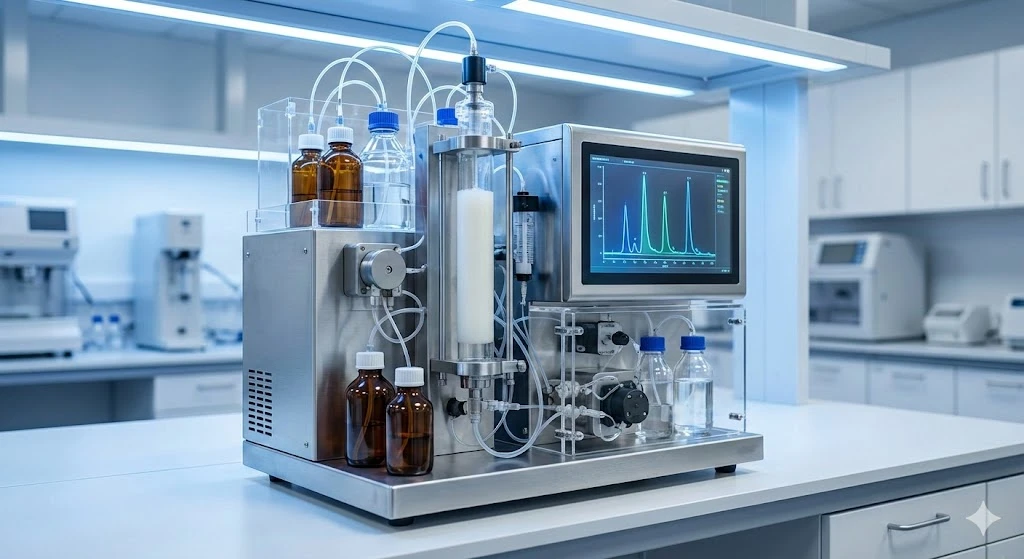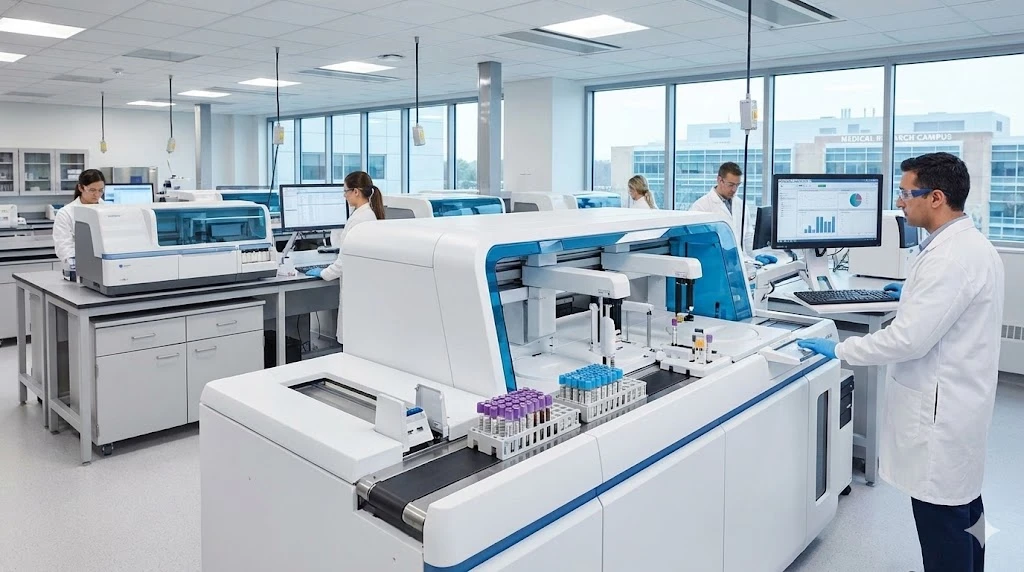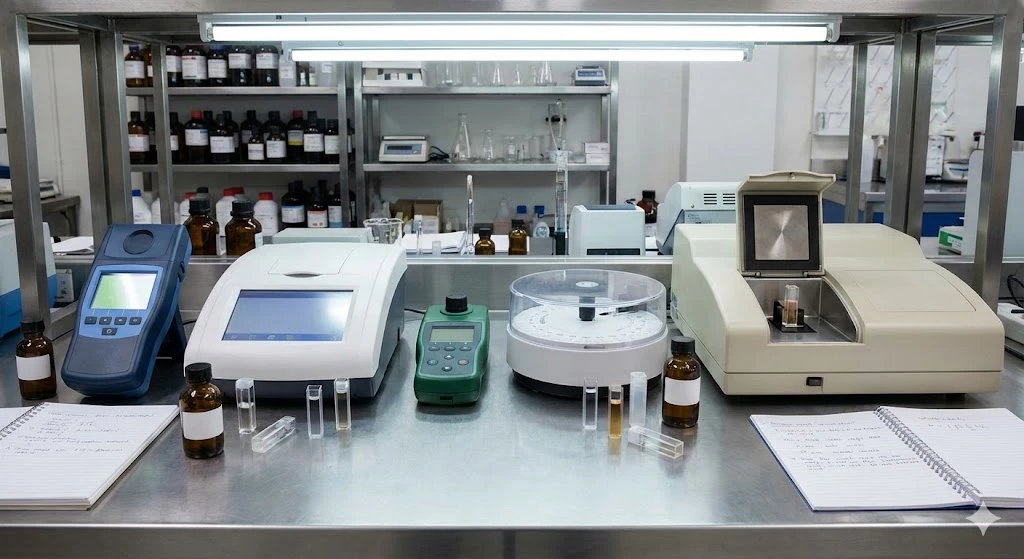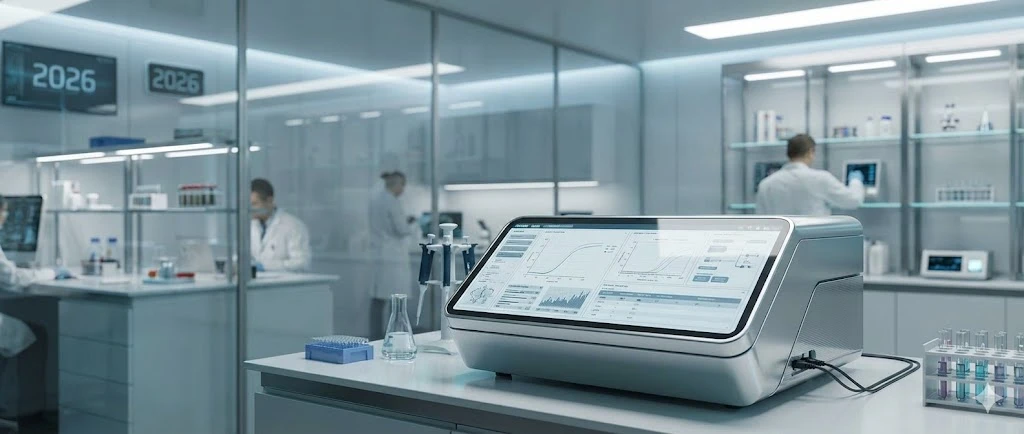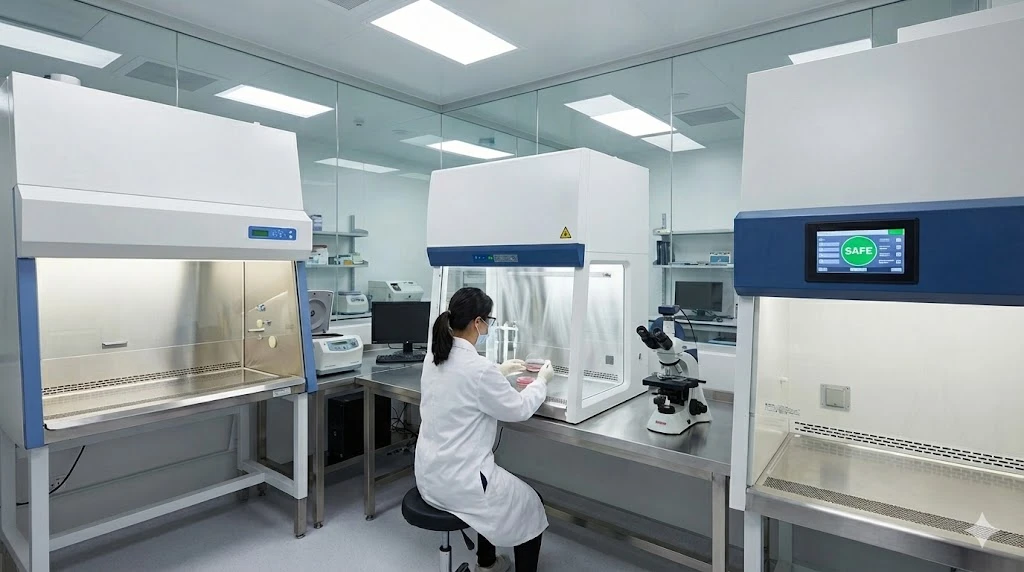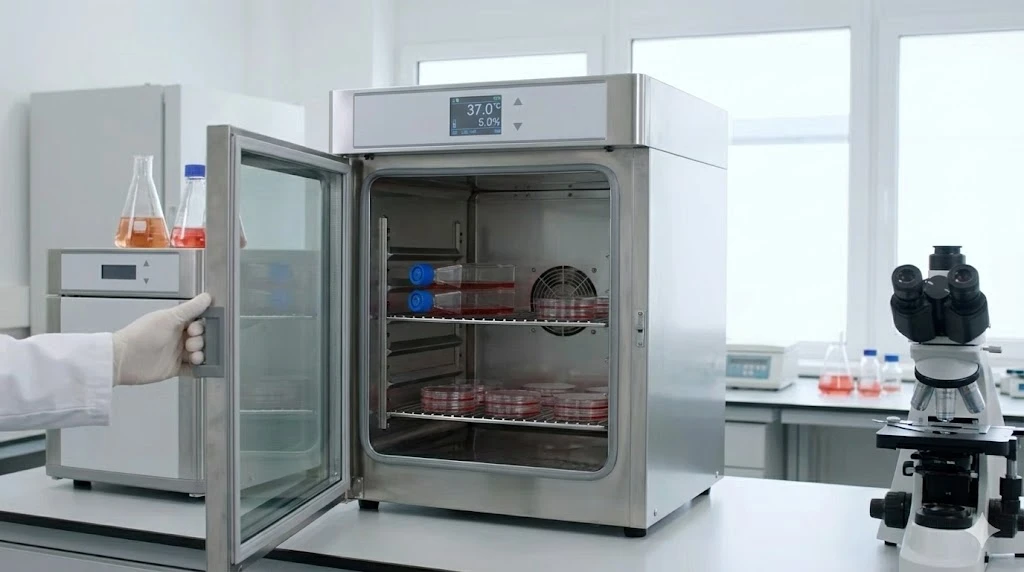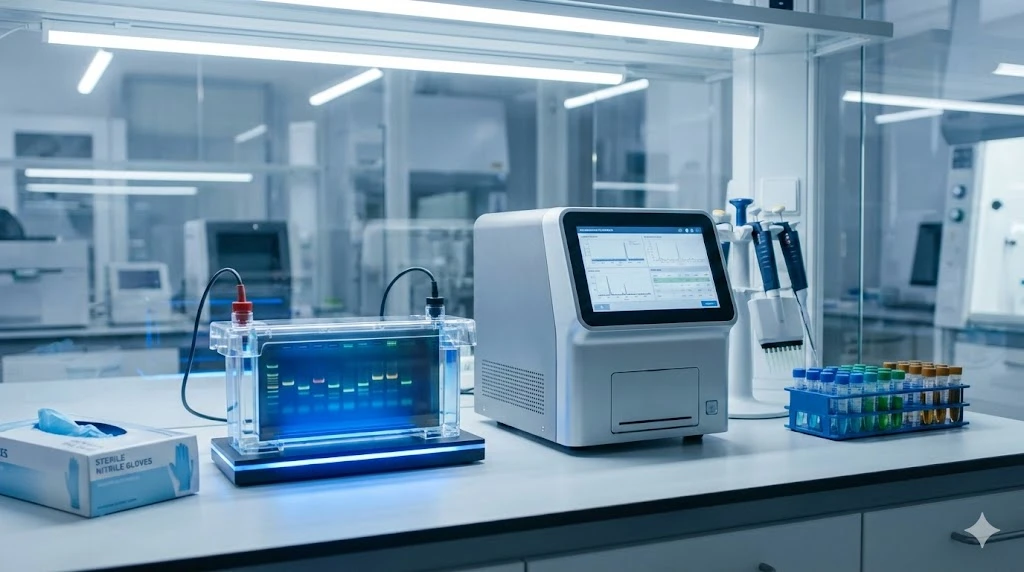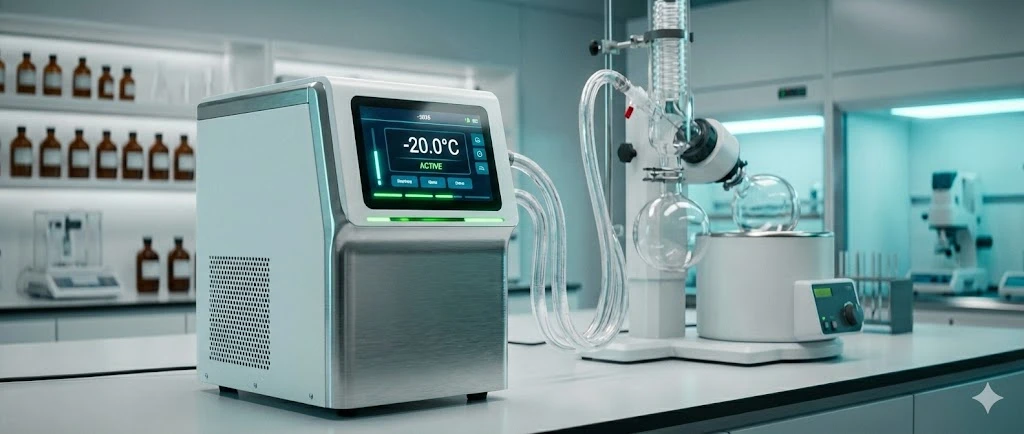Advanced Mass Spectrometry: Essential for Detecting Food Adulterants
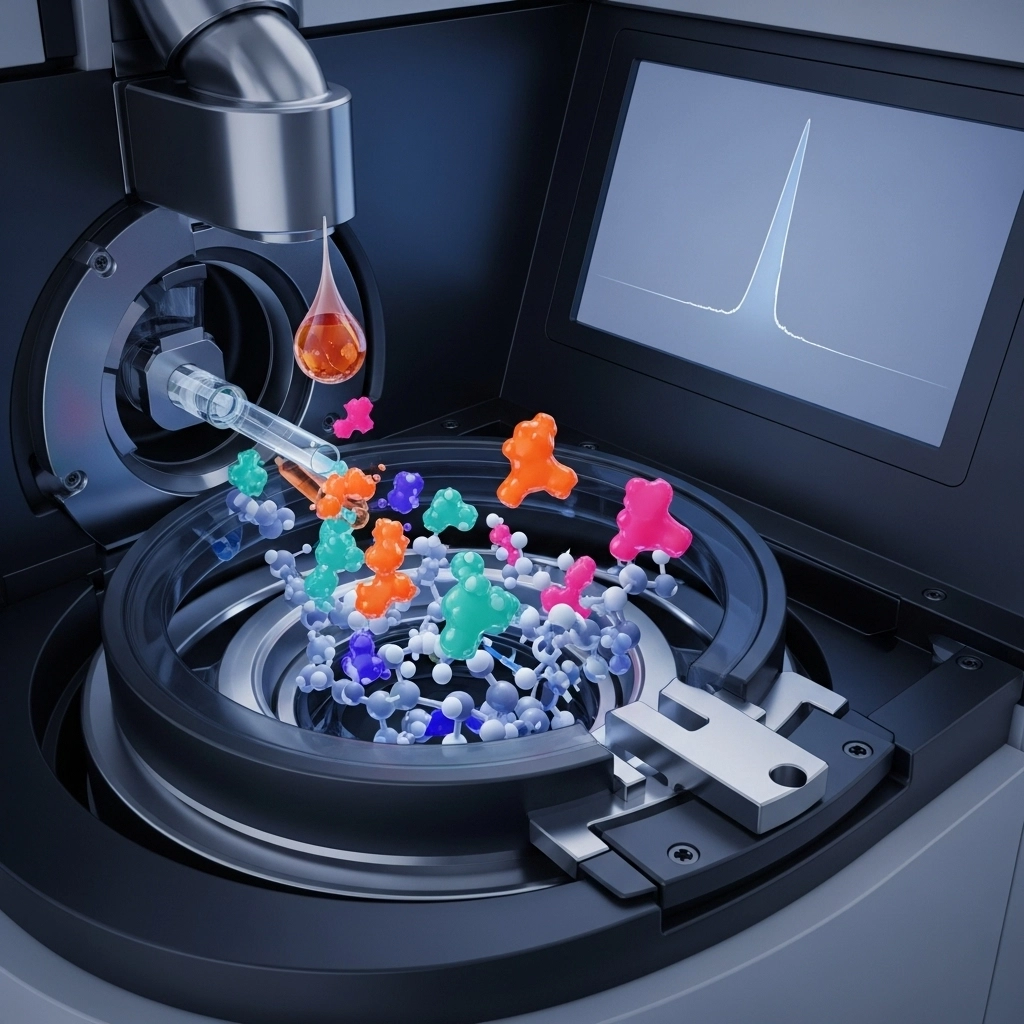
ImageFX (2025)
The scandals involving melamine as a food adulterant are valuable case studies, as they have led to extensive research efforts into analytical testing techniques and the advent of a number of commercial services and testing labs. GC-MS methods have been developed for the analysis of melamine in wheat, rice, and other gluten products, however, these methods generally include extensive sample cleanup, derivatization, and the use of hazardous solvents. The limits of detection are often suboptimal as well.
The Power of LC-MS/MS in Mass Spectrometry
LC-MS/MS methods have also been developed for the identification and quantitation of melamine in various matrices. The benefits include reduced sample prep and run times, less sample use, lower limits of quantitation, and higher degrees of confidence with MS/MS.
A Practical LC-MS/MS Method for Melamine Detection
One such reported method was built around fast and accurate detection of melamine and cyanuric acid in pet food, making use of simple extraction, normal phase LC separation using a HILIC column, and MS/MS MRM detection using an API 3200 System.
In this approach, liquid-liquid extraction of pet food samples was performed by addition of acetonitrile and a saturated NaCl mix followed by incubation and centrifugation. The extraction resulted in a phase separation, with an organic top layer, aqueous bottom layer, and an insoluble matrix interface layer.
The top layer was injected (5 µL) onto an Shimadzu Prominence LC System and separation was performed on a GL Science Inertsil HILIC 5 µm (150x3 mm) column at a column temperature of 40 °C. Mobile phase (A) was acetonitrile 10 mM ammonium acetate and (B) water 10 mM ammonium acetate at a flow rate of 0.5 mL/min. The gradient was as follows: 0.1 min, 97%A, 3%B; 5.0 min, 20%A, 80%B; 5.5 min, 3%A, 97%B; 10 min, 97%A, 3%B.
Achieving High Sensitivity with Mass Spectrometry Systems
An AB SCIEX API 3200 LC-MS/MS equipped with Electrospray Ionization (ESI) probe and Turbo V source was used in Multiple Reaction Mode (MRM). Precursor and product ions and the corresponding declustering potentials and collision energies were determined. Melamine could be detected in positive ion mode over a linear range of 3 orders of magnitude with LOD of 1 µg/kg, <5 %CV, and good accuracy. Replicate runs of blank samples and contaminated cat food samples permitted validation and the subsequent development of dedicated standardized test method.
Standardized Testing and Future of Mass Spectrometry in Food Safety
This example demonstrates the use of a standardized system for food safety analysis, the AB SCIEX API 3200, and the development of simple methods for extraction and LC separation based on the chemical character of melamine. The performance of the LC method combined with the sensitivity and speed of the MS/MS method led to the development of a fast and accurate test for melamine in the complex pet food background. Tests such as these illustrate the power and robustness of a relatively basic LC-MS/MS platform, one that could rather easily be implemented in a variety of testing environments.
View Mass Spectrometer listings at LabX.com
View our expanding catalog of resources content.
Frequently Asked Questions (FAQs)
What is mass spectrometry? Mass spectrometry is an analytical technique that measures the mass-to-charge ratio of ions. It is used to identify unknown compounds, quantify known compounds, and elucidate the structure and chemical properties of molecules. In food safety, it's vital for detecting contaminants and adulterants.
Why is mass spectrometry important for food safety? Mass spectrometry is crucial for food safety because it provides highly sensitive and specific detection of harmful substances, such as adulterants, contaminants, and residues. Its ability to identify and quantify these substances at very low levels helps protect public health and ensure compliance with food regulations.
What are the key differences between GC-MS and LC-MS/MS for food analysis? GC-MS (Gas Chromatography-Mass Spectrometry) is suitable for volatile or semi-volatile compounds and often requires extensive sample preparation and derivatization. LC-MS/MS (Liquid Chromatography-Tandem Mass Spectrometry), on the other hand, is ideal for non-volatile or thermally unstable compounds, offering reduced sample preparation, faster run times, and higher confidence due to its tandem MS capabilities.
How sensitive are mass spectrometry methods for detecting food adulterants? Modern mass spectrometry methods, especially LC-MS/MS, can achieve very high sensitivity, often detecting adulterants at trace levels (e.g., micrograms per kilogram, or ppb). This high sensitivity is critical for identifying dangerous substances even when present in minute quantities, as demonstrated by the 1 µg/kg LOD for melamine.

